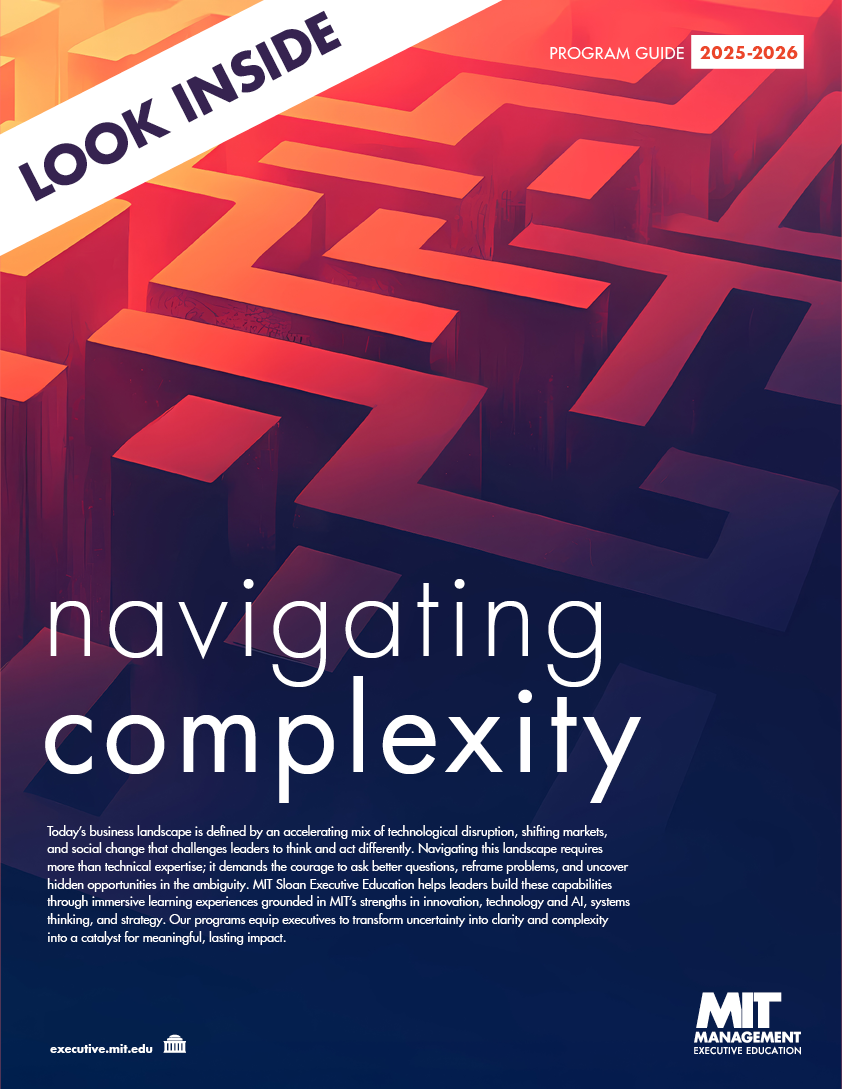Digital transformations have been accelerated by a year of pandemic lockdowns and remote work. Hal Gregersen and Roger Lehman say leaders can better manage large-scale transformation by helping employees adapt to new roles—not just new tasks.
In their recent article in MIT Sloan Management Review, “How Organizational Change Disrupts Our Sense of Self,” Gregersen and Lehman explain that by “roles” they don’t mean job titles but more archetypal roles, such as “problem solver,” “dealmaker,” “functional expert,” or “idea person.”
While most managers understand they have big transitions to navigate, most have sized up the management challenge all wrong, according to the authors. They are focusing almost entirely on task changes — on how job content will shift with the introduction of new technology, and how much reskilling will be required. However, people expect changes in tasks and the concomitant reskilling required, and most can approach it with some confidence. The role-change threat, on the other hand, is one for which they are less prepared. And that’s why managers need to pay attention.
Why is role change the harder adjustment to make? Because most people are not conforming to their roles consciously, even if they have chosen these roles themselves. “They haven’t thought about what it takes to change the role they are playing, because they don’t think of themselves as ‘playing’ roles in the first place — and if the idea of shifting roles is presented to them, they don’t know that they can do it.”
Gregersen and Lehman explain that with role change comes an accompanying roller coaster of emotions that, if not recognized and resolved, will undermine the progress of the individual and of the organization.
“Role adjustment is an essential process for navigating transitions on a personal level. Therefore, it is the key to navigating transitions at the organizational level.” The authors contend role adjustment should be addressed “at scale” by using a technique called organizational role analysis to enable a team to gain that much needed awareness.
“This technique involves thinking about people’s engagement in their workplace from three perspectives: the roles they find themselves in, the organization’s stance toward that role, and the individual’s experience of that role. Our favored version of the analysis involves asking thought-provoking questions about each of these perspectives and about the dynamics created by their interplay.”
An ideal outcome of this exercise is a kind of SWOT analysis in which the strengths, weaknesses, opportunities, and threats inherent in an individual’s current role set are examined and explored and from which a practical set of adjustments are generated—adjustments that can make new roles clearer, more aligned, more manageable, and more autonomous.
You can read the article here.
Gregersen and Lehman teach in the related MIT Sloan Executive Education courses Navigating Transitions During Disruptive Change and Leading Successful Transitions in a Digitally Driven World.








